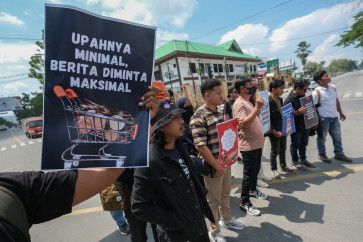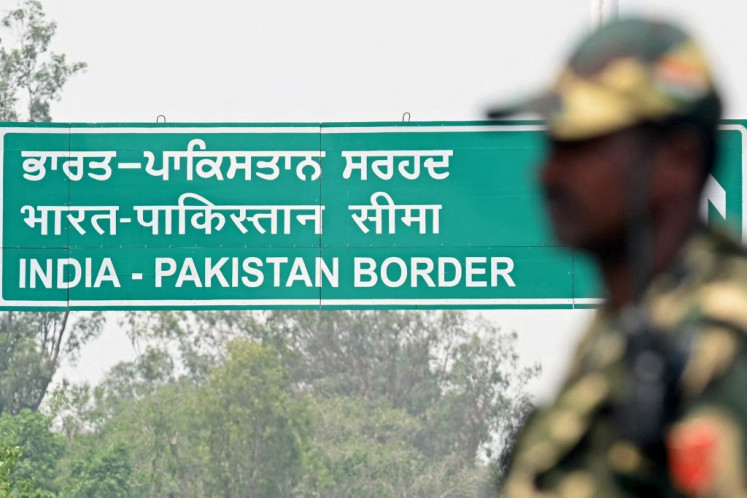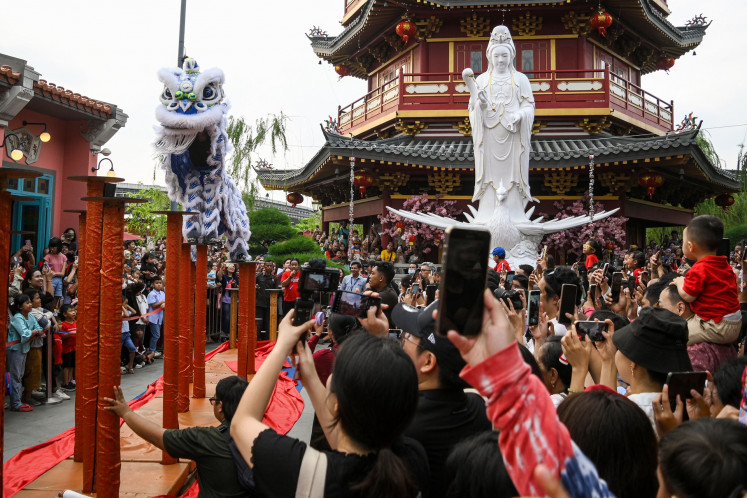Jambi prone to fires due to excessive peatland conversion
The excessive expansion of oil palm plantations in Jambi is among the major causes of the increasing number of peat fires every year
Change text size
Gift Premium Articles
to Anyone

The excessive expansion of oil palm plantations in Jambi is among the major causes of the increasing number of peat fires every year.
Indonesian Conservation Community (KKI Warsi) communication manager, Rudi Syaf, said from the environment management perspective, peat with a depth of more than 3 meters was categorized as having a higher tendency to burn during the dry season.
He said many peatlands had been canalized by plantation companies holding industrial forest concession (HTI) permits because it was unlikely the companies could cultivate crops in peat more than 3 m deep without a canalization system. This often led to fires because the canals caused peatland to lose a lot of water during the dry season.
Rudi said it was very easy for dried peat to burn, either due to fire or heat from the sun.
'For areas that have been canalized, we should make improvements by applying a closed-canal system. This must be done to prevent the peat from losing too much water during the dry season,' he said.
According to data, of the 710,078 hectares of peatland in Jambi, 226,928 hectares is under management by HTI holders and oil palm plantation companies.
In the peat fires that have occurred over the last four years, there were 277 fire spots. The fires occurred in HTI areas belonging to, among others, plantation companies Wira Karya Sakti and Diera Hutani Lestari.
Rudi said applying a closed-canal system was crucial due to the forecast extended period of this year's dry season.
'Like this year, El Niño occurred in the end of April causing a long dry spell,' said Rudi.
He said the government should have been ready to anticipate fires by protecting peatlands from drought caused by canalization, while at the same time rehabilitating peatland and returning it to its original function.
'Peatland with peat of more than 3 m depth should be returned to its initial function as peat swamps and not be used for HTI areas or plantations,' said Rudi.
'As stipulated by Government Regulations No. 7/1990 and No. 26/2008, peatland with peat more than 3 m deep must be a conservation area.' (ebf)









